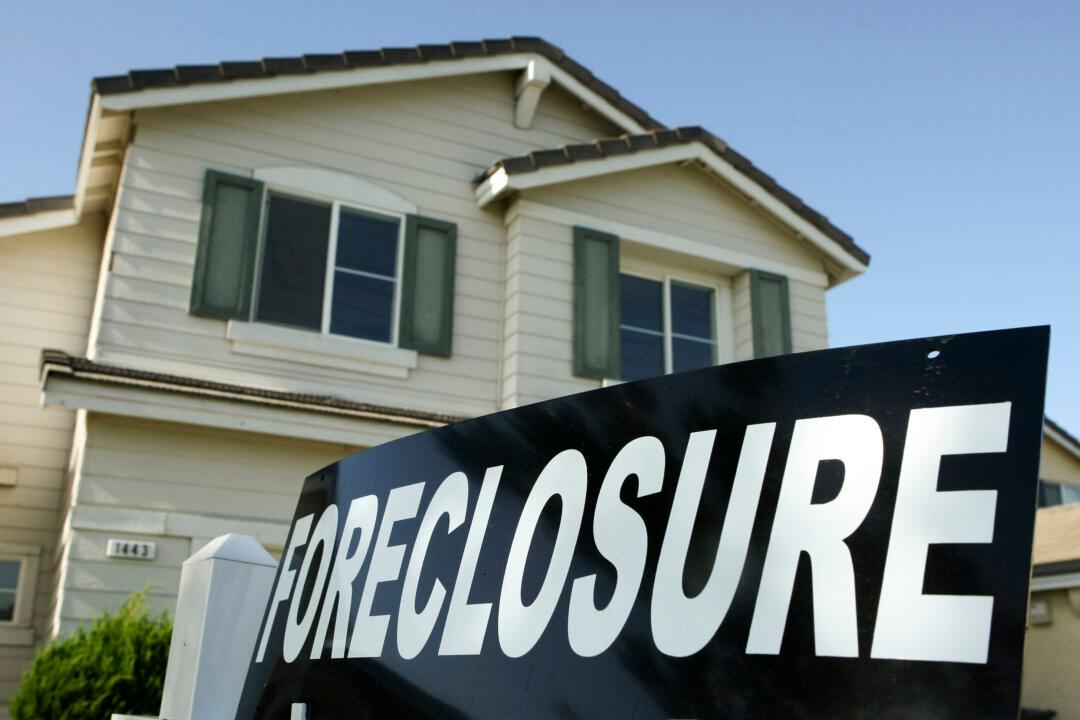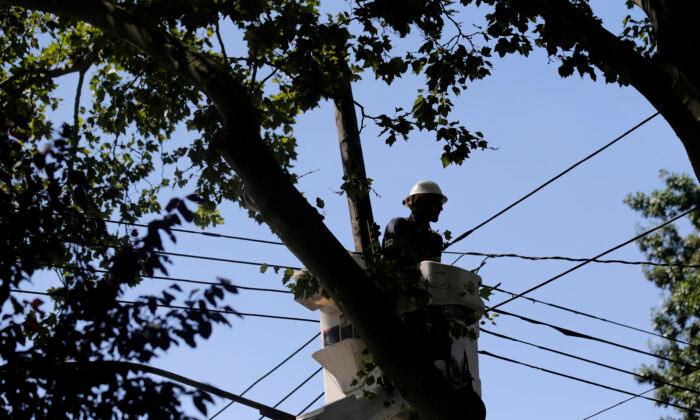There were 36,033 properties with foreclosure filings in April across the United States, 13.9 percent higher yearly and up 0.4 percent from March, real estate analytics company ATTOM said in a May 15 statement.
“While volumes remain below historical norms, the year-over-year increases may suggest that some homeowners are beginning to feel the effects of persistent economic pressures.”
Elevated mortgage rates put immense pressure on homeowners with adjustable-rate mortgages.
To put this into context, the average weekly rate on a 30-year fixed-rate mortgage has remained above 6.5 percent since the beginning of the year. Four years ago, the rate was hovering around 3 percent during this period.
For homeowners experiencing financial stress, having to consistently make higher mortgage payments for a longer period can force them into foreclosure.
Nationwide, one in every 3,950 housing units filed for foreclosure in April, according to ATTOM.
South Carolina saw the highest rate of foreclosure, with one in 2,311 homes making a filing. This was followed by Illinois, Florida, Delaware, and Nevada.
The trend of rising foreclosures could continue through the year as long as mortgage rates do not see any significant decline.
While some experts and institutions foresee rates falling this year, the predicted decline is only marginal.
Easing Foreclosure Burdens
The Trump administration has taken steps to ease the burden on Americans faced with foreclosure.The decision was taken as the existing moratorium was set to expire on April 11. The latest moratorium extends it by 90 days until July 10.
The moratorium is applicable to single-family mortgages in the Presidentially-Declared Major Disaster Areas (PDMDAs) that have been insured by the FHA. The extension benefits homeowners in Georgia, Florida, South Carolina, North Carolina, Virginia, and Tennessee.
The FHA insures more than a million single-family mortgages in Helene and Milton PDMDAs.
“As Western North Carolina works to recover from the devastation left by Helene, it is crucial that we provide families with the support they need to restore their homes and rebuild their lives,” said Sen. Thom Tillis (R-N.C.).
“Extending the foreclosure moratoriums offers vital time and flexibility for borrowers to access critical assistance, ensuring that no family is left behind as they work to recover and move forward.”
States are taking steps to protect homeowners from certain foreclosures. On May 15, the Connecticut Senate passed SB 1336.
Specifically, it prohibits lenders from starting foreclosure proceedings on secondary mortgages 10 years after the scheduled final loan payment date or 10 years after the lender stops communicating with a borrower.
“This bill protects our homeowners from foreclosure threats based on debt that’s been dormant for more than a decade,” said Miller. “The change puts Connecticut in alignment with national trends as states across the country move to shield consumers from the delayed impact of predatory lending practices.”
“No one making reliable payments on their primary mortgage should face foreclosure because someone made an opportunistic decision to resurrect a secondary loan, years after deciding that collection wasn’t worth the effort when property values plummeted in the aftermath of the 2008 financial crisis.”







